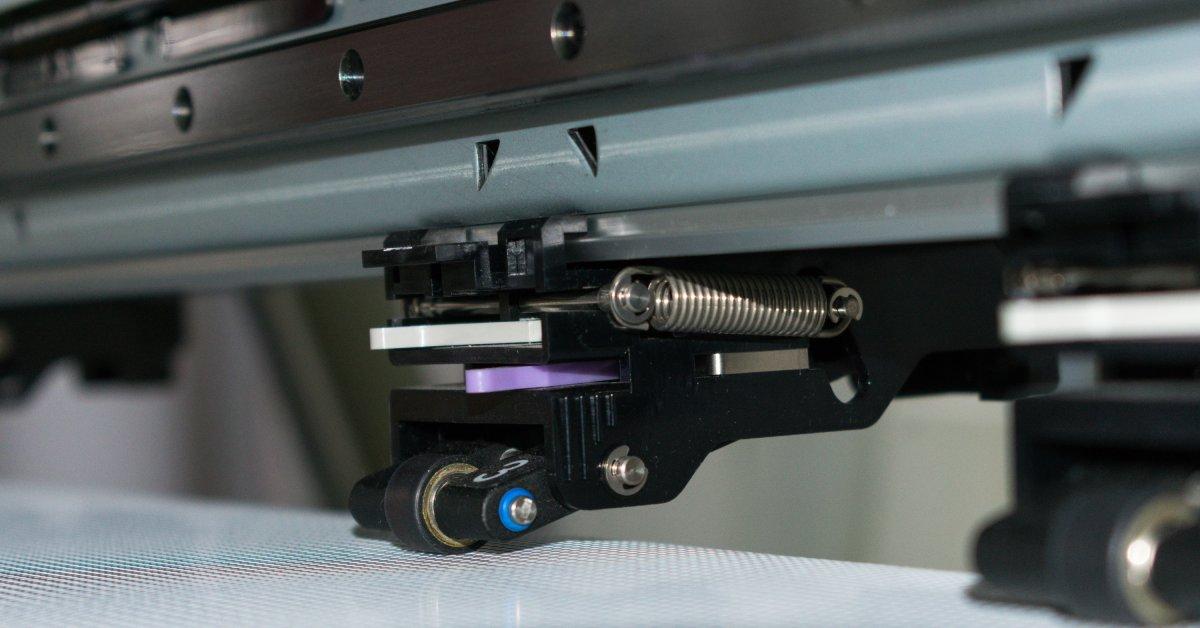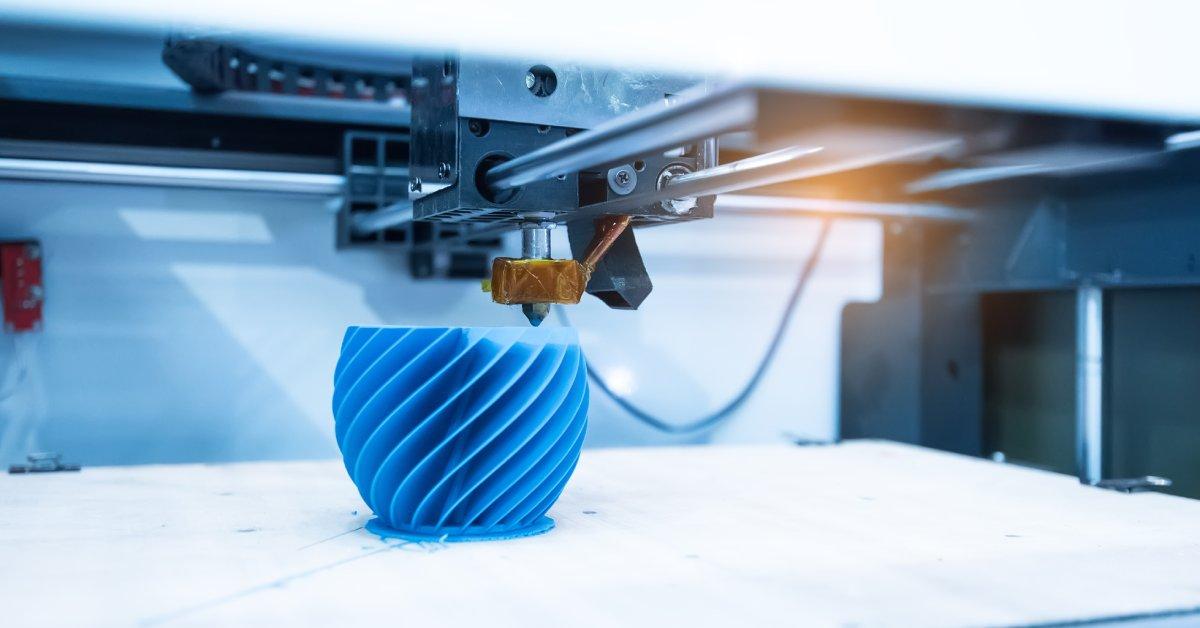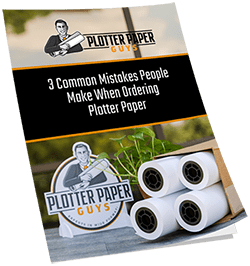The print industry faces challenges as digital media expands and sustainability takes center stage. Changing consumer preferences have pushed printing toward innovation and adaptability. Simultaneously, personalized printing, creative packaging solutions, digital integration, and similar opportunities are emerging.
This blog explores eleven ways the print industry can adapt for the future, helping businesses stay relevant and thrive in the evolving market.
1. Adopting Sustainable Practices
Sustainability is no longer an option; it’s an expectation from consumers and businesses alike. Customers want products that align with their commitment to preserving the environment; the print industry is no exception.
Start by using eco-friendly inks and recycled paper. Partnering with environmentally conscious suppliers is another step toward creating greener printing processes. Streamline production methods to minimize waste and highlight these efforts in marketing materials. Customers increasingly choose brands aligned with their values, and sustainability is one of the biggest drivers of loyalty.
2. Leveraging Digital Integration
The divide between digital and print is shrinking. Savvy printers are blending the two, creating hybrid experiences that bring the best of both worlds. Incorporating QR codes and Near Field Communication (NFC) technology into printed materials connects physical printouts to interactive digital elements.
For example, a printed catalog can include a QR code linking to a video demonstration of a product. Business cards with NFC features can lead directly to portfolio websites or contact information. Digital integration makes print a more dynamic tool for marketers and gives customers an enhanced experience.
3. Personalization and Variable Data Printing (VDP)
Personalization is one of the most effective ways to engage customers. Variable data printing (VDP) allows businesses to customize each piece of printed material—be it brochures, direct mail, or promotional items—with tailored messages.
VDP is becoming more accessible as technology continues to evolve. Customizing marketing materials boosts engagement, encouraging stronger customer connections with brands. This growing demand creates a promising opportunity for print businesses to expand their services.
4. Investing in Print on Demand Services

Print-on-demand (POD) has transformed how businesses manage production. Rather than printing in large quantities, this model enables immediate production as customers place their orders. This approach allows businesses to minimize waste from unsold inventory and better cater to niche markets with specialized or limited-run products.
For instance, publishers often rely on these services to produce their books. Investing in POD is especially beneficial for authors or small publishers testing the market with new titles or reprinting older works with lower demand.
POD is also ideal for localized content, such as region-specific materials. This innovative approach empowers businesses to meet customer needs more efficiently and keeps operational costs low by tailoring production to meet demand.
5. Diversifying Your Offerings
The print industry can expand its horizons by venturing into new markets such as packaging, signage, textiles, and even 3D printing. Packaging is a rapidly growing sector. Custom product packaging that’s visually appealing can attract clients from industries such as food and beverage, cosmetics, and e-commerce.
Additionally, experimenting with textile printing (i.e., t-shirts, tote bags, etc.) or exploring innovative sectors, such as 3D printing, can unlock fresh revenue streams. Branching into these areas allows businesses to cater to a wider audience.
6. Focus on High-Quality Designs
What truly sets physical print apart from digital marketing is its tactile quality. The feel of high-quality paper, the elegance of embossed textures, or the shine of foil finishes offers something digital prints simply cannot replicate.
The print industry can target clients who value aesthetic appeal by doubling down on premium finishes and unique designs. These finishes and designs include luxury brands looking to communicate exclusivity, wedding vendors aiming to create unforgettable keepsakes, and event planners seeking to deliver high-end experiences.
7. Take Advantage of E-commerce
The e-commerce boom has created exciting opportunities for the print industry to transition into online sales. Leveraging this trend can open new revenue streams by offering products through online platforms, such as customized prints, posters, business cards, and stationery.
Make scaling up effortless by automating key processes with Shopify or Printify, such as order handling and fulfillment. Customers can shop online for unique prints while you dedicate your time to crafting great products.
Canva and similar design platforms open new ways to simplify the design experience for customers. Embedding Canva’s editor into your e-commerce site allows users to easily create their designs before placing an order. Customers get full control over their designs while you take care of the rest, whether it’s wedding invites, custom art, or business flyers.
8. Automating Production Processes

Automation saves time, allowing you to create a streamlined print workflow. Advanced Internet of Things (IoT) or machines compatible with artificial intelligence (AI) can track performance, predict maintenance needs, and optimize production.
With automation, print businesses can handle larger volumes while saving on costs. Streamlined systems reduce human error and improve the overall quality of outputs, leaving businesses more time to focus on creative or strategic work.
9. Building Stronger Partnerships With Clients
The print industry is a service business at its core, and strong client relationships can go a long way. Offering tailored consultations to understand clients’ unique needs builds trust and opens doors for collaboration.
Campaign analytics, design support, and similar services deepen these relationships. Businesses can establish themselves as indispensable to their clients by becoming partners for print and strategic guidance.
10. Sharpen Your Team’s Skills
The future of the print industry depends on its workforce having the skills to tackle new technologies and processes. Investing in training programs that cover digital integration, software tools, and eco-friendly techniques is essential.
Encourage employees to experiment with cross-disciplinary learning, such as combining design with production knowledge. Doing so makes teams more innovative and adaptable as customer demands evolve.
11. Positioning as a Thought Leader
Businesses that position themselves as innovative leaders gain the attention of customers. Publishing blogs, hosting webinars, or releasing whitepapers on industry trends can build authority.
Collaborating with research institutions or technology providers also demonstrates an approach to innovation and positions the company as a vital contributor to industry progress.
The Path Forward for the Print Industry
Challenges in the print industry present many opportunities for growth and transformation. By adopting these eleven ways the print industry can adapt for the future, businesses can remain competitive and lead the charge in shaping the future of printing.
Step toward success by integrating digital enhancements, exploring new markets, and adopting sustainable practices. Looking for a plotter printer for sale? Look no further! The Plotter Paper Guys offers top-quality machines and guidance to help you find the perfect fit. Start using these strategies today, and watch your print business thrive—we’ll be with you every step of the way.






